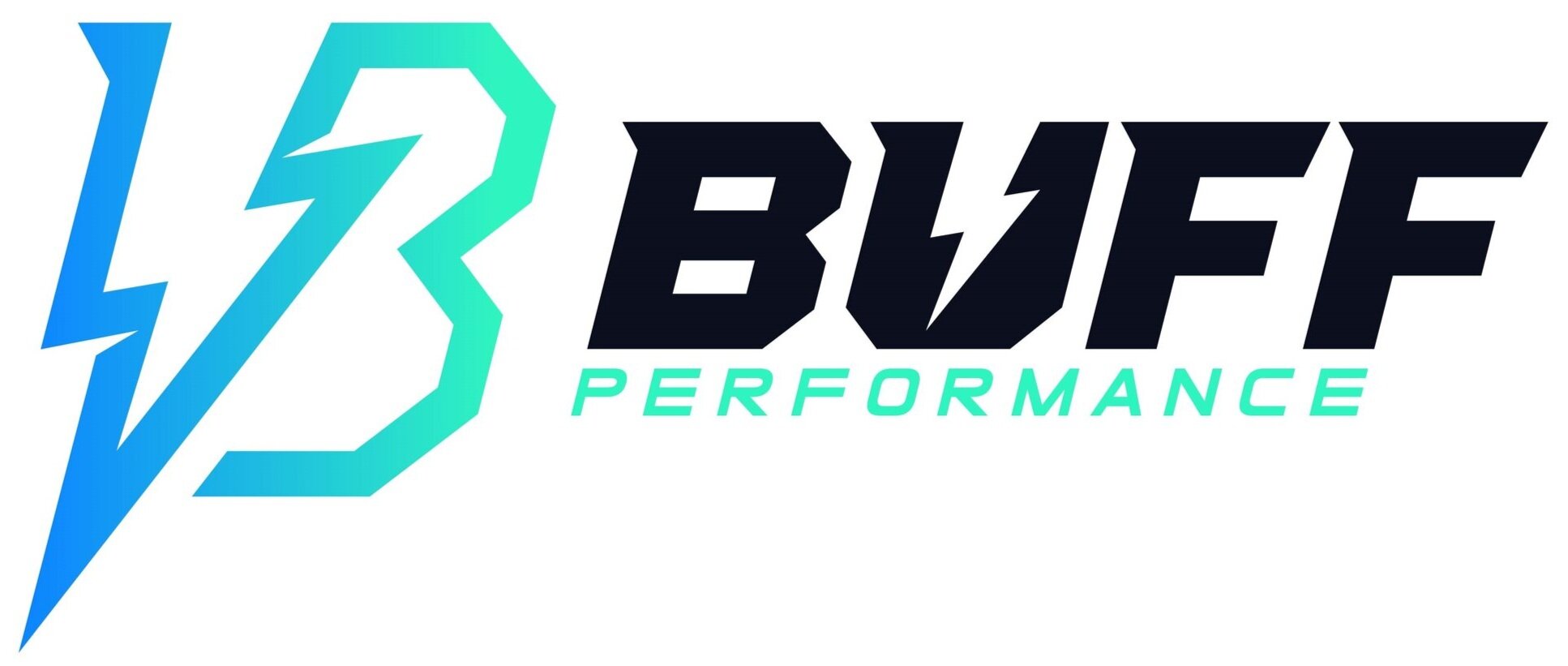8 ways to deal with post training soreness! How to relieve sore muscles after a workout.
How to relieve sore muscles after a workout.
If you’ve ever hiked to the top of a mountain, ran a longer distance than you planned or played football with child a little too long, chances are you’ve experienced post-workout muscle soreness. Muscle soreness is a common consequence of doing new movement you have not in a while.
Muscles grow and become stronger when they’re subjected to forces that cause microscopic tears in the muscle fibers. Fluid rushes to the area to flush out the damaged cells and build new, stronger muscle cells—and that can be uncomfortable.
Otherwise known as DOMS (delayed onset of muscle soreness) it’s nothing to fear. In fact, muscle soreness anywhere from 12 to 48 hours after a workout is a sign that your muscles are getting used to your fitness routine. The downside? Too much muscle soreness can impact your range of motion.
Here are some strategies to help lesson the pain;
Eat right. Your body needs protein to repair muscles, carbohydrates to fuel your next workout and healthy fats to lubricate your joints. So it’s important to fuel up both before and after a workout.
Hydrate. When it comes to muscle recovery, dehydration is one of your biggest enemies. To flush damaged muscle, you need fluid. A good rule of thumb is to gulp down 8 ounces of water for every 15 to 30 minutes of exercise. Skip this vital step, and your soreness will not only feel more intense, it will last longer, too.
Warm up. Take 10 to 15 minutes to stretch out your muscles before exercise with some stretching exercises followed by easy aerobic activity (a slow jog or a brisk walk). Make sure to get a good amount of blood flow to the muscles you’re training that day. The muscles should feel warm, especially if you’re running in cold weather. Not only will this strategy prevent injury, it also primes your muscles for rebuilding post-activity.
Cool down. Reverse the order of your warm up, and you’ll have a solid cool down. Taking time to slow your workout, rather than just stopping cold turkey, can help prevent fluid from pooling in the muscles and joints.
Get a rubdown. Massaging a sore muscle can help release tightness. Working through the knots helps the muscle relax itself. It also sends blood flow to the area and pushes pooled fluid out of the body, which helps speed recovery. A bonus: It feels good!
Consider topical solutions. While topical ointments like BenGay, Traumeel, Tiger Balm and others don’t go deep enough to reach the muscle, they do contain ingredients that are cooling, numbing and tingling. If you’re really sore, that coolness can overpower the pain, but it doesn’t speed muscle recovery.
Roll it out. Using a foam roller (a long, cylinder-like tool) increases blood flow to your muscles through applied pressure. Think of it as a cheap way to give yourself a deep tissue massage. By slowing rolling over areas of tension, you can help release tight muscles and speed up the healing and recovery process.
Keep moving. Exercise may seem like a bad idea when your muscles are already suffering, but research confirms that light activity helps keep the blood circulating and speeds up the body’s ability to drain waste and chemicals linked with muscle aches.
If you’re more comfortable sitting on the sidelines than running a marathon, expect some muscle soreness when you start a new exercise regimen. But don’t let achy muscles scare you. It’s perfectly normal to experience muscle soreness when you’re just starting out.
